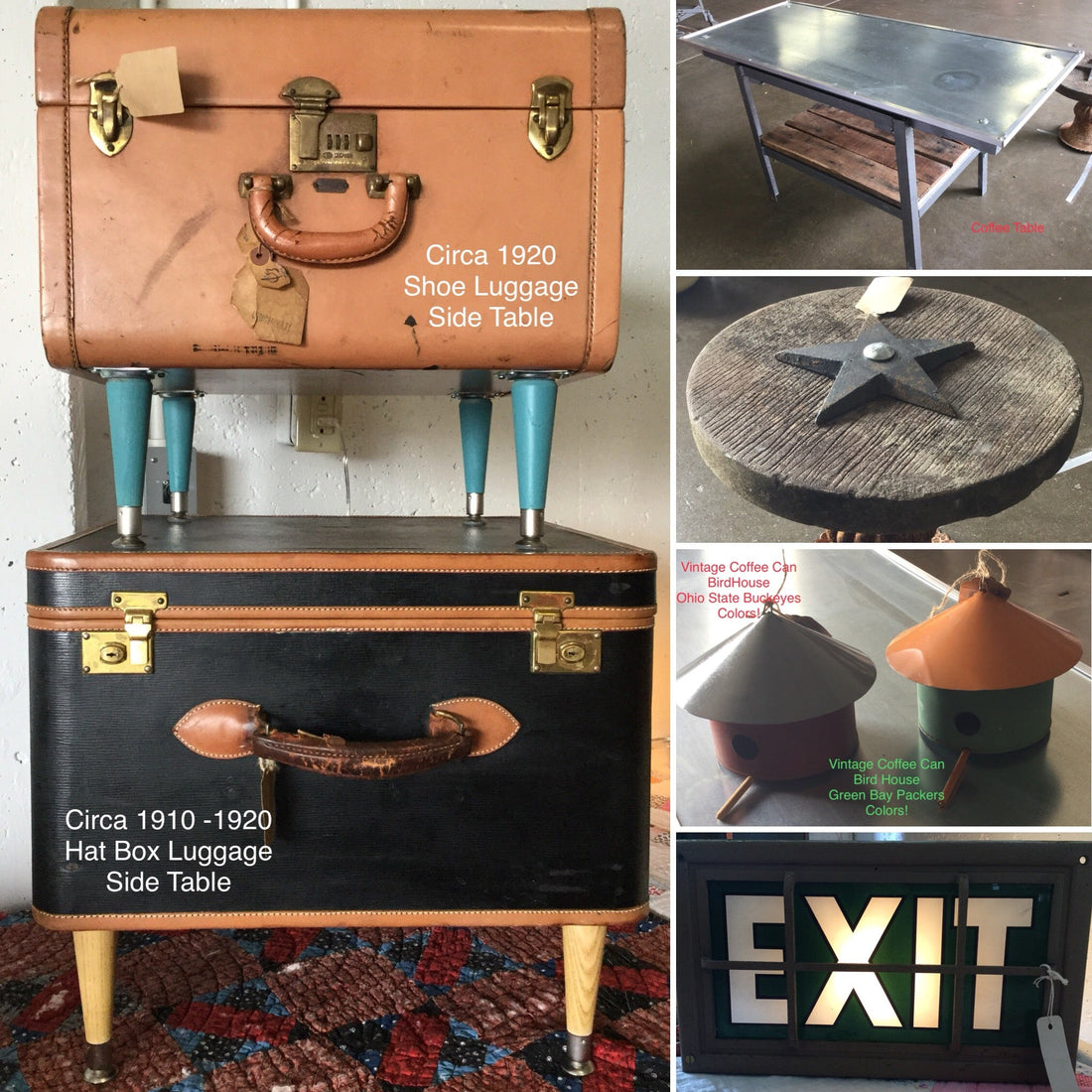
Environmentally-Friendly Antiques
Share
There are many reasons to buy antiques but did you know that antique furniture is officially environmentally friendly?
The antiques trade is the oldest recycling business in the history of the world and preserves our heritage for future generations. Antiques are sustainable, reusable and resalable.
No trees are being cut down to make antique furniture unlike the modern equivalent, and antique furniture was originally mainly constructed by hand in daylight so no power tools or lighting was used.
The lifespan of a piece of antique furniture can last forever if cared for properly, compared to the lifespan of the new chest of drawers, which has an estimated lifespan of fifteen years and is not normally resalable.
Antiques and vintage items that do have wear, can easily be repurposed for another use--like converting a tin coffee can into a bird house or using a suitcase as a side table.
A research study by Carbon Clear, an independent consultancy specializing in carbon management and carbon accounting, proved that antique furniture is environmentally friendly.
Carbon Clear compared the greenhouse gas emissions with the manufacture of a modern chest of drawers and the use of an antique chest of drawers, and found that antique furniture is most likely to have a carbon footprint 16 times lower than modern newly manufactured furniture.
Carbon Clear went on to say in their findings, that buying antique furniture rather than newly built furniture not only reduces carbon emissions, but reduces landfill as antiques are not thrown away,
Additionally, since most new goods are produced outside the United States, reducing the consumption of new goods is better for the economy as it eliminates the expensive import freight costs of imports, and encourages "Buy Local", which is better for the economy.
